Destiny 2: Beyond Light delivers an enhanced experience for new players and an expanded set of objectives for veterans. It is not without flaws, great and small, but Bungie built a large portion of both this DLC and its seasonal content in the throes of a global crisis. That alone is a triumph, and there is already so much to love about Destiny 2’s new year.
A short but functional campaign, post-campaign content with narrative weight and character-focused storytelling, refined level grind, some great new weapons and gear — you can and will spend hours and hours discovering everything Beyond Light has to offer.
You likely won’t mind the missing destinations unless you’ve been primarily playing Destiny 2 at the exclusion of all other games. But it is unfortunate that the returning location, the Cosmodrome, gets so little love here.
While some of the systems are muddier than they should be, and the number of bugs, game-breaking mechanics, and reliance on years’ old content isn’t ideal, what you will find in Beyond Light is Bungie doing their absolute damnedest to give everyone what they want — and almost reaching the pinnacle in the process.
Destiny 2 Beyond Light Review: The Future Shines Brightly, The Shadows are Long
The vast, icy caverns and futuristic facilities of the Clovis Bray corporation give the world above and below ground life of its own.
The big-ticket items in Beyond Light — Stasis, Europa, and Fallen Dark Empire— almost all land. The new subclass is incredibly satisfying to use, and Europa is a beautiful wasteland gilt in snow. The Fallen haven’t been a major threat since Black Armory two years ago, and their return is indeed worth the wait.
Stasis, for its part, rewrites how combat works on a moment to moment basis. Suddenly, all three classes can control a battle not just through damage but also geometry. Area denial and the neutral game are now the core of the experience; Stasis abilities aren’t built for sheer damage potential, but they can enable it.
The Warlock’s Shadebinder subclass has seen the lion’s share of discussion in the community and is likely the reason for adjustments to Stasis in PvP. Finally, Warlocks have a magic staff that deals in actual magic, Titans have yet another way to punch things, which is par for the course, and Hunters are now space ninjas who make their weapons out of ice and freezing wind.
Classes also share a core set of abilities and modifications. Every class has access to three grenade types and six Fragments that slightly alter how Stasis powers function. Each of these takes a significant grind to unlock, but because of how new and fun it is to use Stasis, getting your hands on them isn’t prohibitively taxing. The first time, anyway.
A Bleak New World
Europa is amazing. It’s not as visually stunning as the Dreaming City, nor can it boast that location’s interconnectedness with the Tangled Shore, but it needs neither. The vast, icy caverns and futuristic facilities of the Clovis Bray corporation give the world above and below ground life of its own.
There’s a tinge of mystery floating in the air and dark secrets hide around every corner. The environmental storytelling, in other words, is fantastic. And for the first time, fans get real answers to some of the foundational questions in the Destiny universe, such as who Clovis Bray is, what it means to hold Darkness power, and what humanity was really responsible for.
The DLC uses the entire map as well, which was a woeful misstep before Beyond Light. There is almost always a reason to explore the whole Europan space, whether for a quest or otherwise, something that can’t be said about locations like Titan or Io.
It’s not all good news, though. Bungie made much figurative noise about how snowstorms would change how we interact with the playspace. They don’t. The effect of snowstorms is neat, and they rarely get in the way, but the issue is how little they come into play in either the story or when you’re doing activities across the planet. You’ll encounter snowstorms on patrol and nowhere else of note.
There also aren’t a lot of new ideas on offer. There are only three Lost Sectors (though fantastically designed), and a massive number of region chests serve the same base purpose as they always have. And though the world itself tells a story, the actual narrative rarely uses the environment to its full potential. Characters and story beats certainly fit in into their respective spaces, but they interact very little.
It’s unfortunate because some of the storytelling in Beyond Light is stellar.
A Dark Empire and Darker Implications
You can say a lot about Beyond Light’s campaign, but not much of it would be glowing praise. The main villain — and writing more generally — is fairly generic. From her motivations to her characterization and how the player inevitably overcomes her, Eramis is, for better or worse, a stepping stone to your acquisition of Stasis and discovering the quality storytelling in Beyond Light.
Once you complete the Eramis storyline, a four-or-so-hour endeavor, the narrative opens up, focusing on human problems, mistakes, and the consequences our decisions have on more than just ourselves. It’s not perfectly told, but there is nuance and real emotion to the important moments, especially regarding the interactions between characters.
I grew to care about what happened to the cast as I progressed and can’t wait to find out more.
Taking the Fight to the Enemies of Humanity
Now there are almost too many ways to level up and make your way toward the Pinnacle barrier of 1,250.
Beyond Light’s gameplay is, at its core, more Destiny 2, but with improved progression, an increased focus on builds, emphasis on using more than one weapon, and phenomenal endgame activities and rewards.
The elephant in the room is the raid. On day one, during Contest mode, when everyone was 20 levels under the recommended Power, it was a true test of skill and coordination. So much so that some are once again calling for Contest to be an option for the high-skill crowd.
It might be a good addition. The raid at or above the recommended level is a much calmer experience than some of the hardest-core want from their endgame activities.
You and your team will still need to work well in tandem, communicating effectively and making the right moves at the right times. Without the constant fear of instant death, however, there is much more room for error. On my first clear, with a set of experienced raiders, we managed to one-phase all of the primary encounters once everyone fully understood their roles and how to execute them.
Probably the best thing about the raid is that: how it asks everyone in the party to play a specific role and how those roles evolve as you progress. Some roles are more important than others, depending on the encounter, and newer raiders should observe as much as possible, though there’s value to diving in headfirst, too.
Long before you get to the raid, you’ll be leveling up. In previous years, players used vendor loot to expedite the Power grind. Bungie said “no” to that this year, essentially forcing on players the “play how you want” mentality. Every activity in the game offered a path toward the soft cap of 1,200, an increase of 140 from the maximum level at the end of Shadowkeep. From there, Powerful rewards were your only path upward, and those were harder to come by, at least until after the first team completed the raid.
Now there are almost too many ways to level up and make your way toward the Pinnacle barrier of 1,250. There are all of the options on Europa, the core playlist activities of Strikes, Gambit, and Crucible, everything at the Tower, the Seasonal offerings (its own article entirely), the raid, the various Exotic quests— the list goes on.
Add to that the need to grind out new abilities on each character, and Beyond Light’s time investment goes from reasonable to MMO-levels of intense, which is probably Bungie’s purpose. Destiny is officially an action MMO, and if that didn’t come with a massive amount of “go to place and do repetitive thing over and over again” activities, I’m not sure what that would mean.
Thankfully, the grindable activities are both enjoyable and chill enough that at the easier levels, you can complete them again and again without any of them losing their luster. The best rewards are at higher difficulties, and you’ll need friends for those; Empire Hunts, which play like miniature Strikes, hide one of the best boss damage weapons in the game, the Cloudstrike. They’re also farmable for specific weapons, should you choose to do so.
One-off quests are high-quality as well. The Lament quest, for the best new sword in the game, provides not only fun missions that ask you to play in different ways but also some juicy story bits to boot. The Born in Darkness and Fragment quests for the new abilities see you taking Stasis across the system, trying out new ways to optimize your grinding, and generally freezing everything you see.
Rewards are top-notch, though there needs to be a little more variety. The exotics are, to a one, unique and uniquely useful. Some are more universal, but none are trash-tier like we saw in Shadowkeep.
Lost in the Snow
Beyond Light is a new era for Destiny 2.
Destiny 2 can only grow so large so fast, and Bungie cannot put out content quickly enough to satisfy the voracious appetite of its community. That said, it would have been nice if they had found some way to level Stasis inside Europa, maybe even requiring the raid or other endgame activities on the destination to do so.
One of Forsaken’s greatest strengths was its lack of reliance on core content to do almost anything. The DLC and progression were mostly self-contained. Strikes and such were still necessary, but there was enough content between the Tangled Shore and the Dreaming City to keep players occupied for weeks on end, especially after the Last Wish raid.
Beyond Light can’t do that by necessity. Even though it has two destinations once again, one of them is tremendously underused. The Cosmodrome’s return should have been a triumphant moment, with players old and new flocking to it. Instead, it plays a small role in the campaign and hosts the new player experience and some endgame Lost Sectors.
By the time you’re ready for the highest level gear in the game, the Cosmodrome has almost no value. The Lost Sectors offer a sure path to Exotics, but the vendor offers no rewards, and his bounties are XP and planetary materials only. The returning Strike is a welcome addition, but you can get to that without needing the rest of the destination.
There are a ton of bugs, broken geometries, and general inconsistencies that could have been addressed, as well. Such issues typically force quick action from Bungie, oftentimes after the community collectively scratches its head at the issue. With the addition of Stasis, new and untested ways of breaking the game have wormed their way in, and it hasn’t taken the Destiny hive mind long to exploit them.
Destiny 2 Beyond Light Review — The Bottom Line
Pros
- Improved storytelling and characters
- Incredible new subclass and world
- High-quality raid
- Well-designed and satisfying progression and sweet loot
Cons
- Lackluster campaign
- Bugs, glitches, game-breaking mechanics
- Swathes of underutilized content
Beyond Light is a new era for Destiny 2. It shows that Bungie has the chops to take their storytelling in new directions and can build beautiful, enormous spaces under immense stress. At the same time, gameplay and progression haven’t evolved in meaningful ways.
One reason might be because those systems don’t need to innovate when subtle adjustments will do. Alternatively, we’ve seen this game shift in big ways before, and maybe it’s time for something more to shake up an aging meta.
Sunsetting gear notwithstanding, a major revision to established mechanics or systems beyond just Stasis could have been just the risk this series needed to take. Though Stasis broke a lot of what we thought we knew, so maybe not.
One thing is sure: this DLC is a major step up from Shadowkeep. Whether the seasonal content exceeds expectations remains to be seen, but the year has opened with a bang, and I can’t wait to see what’s next.
[Note: The reviewer purchased the copy of Destiny 2 Beyond Light used for this review.]

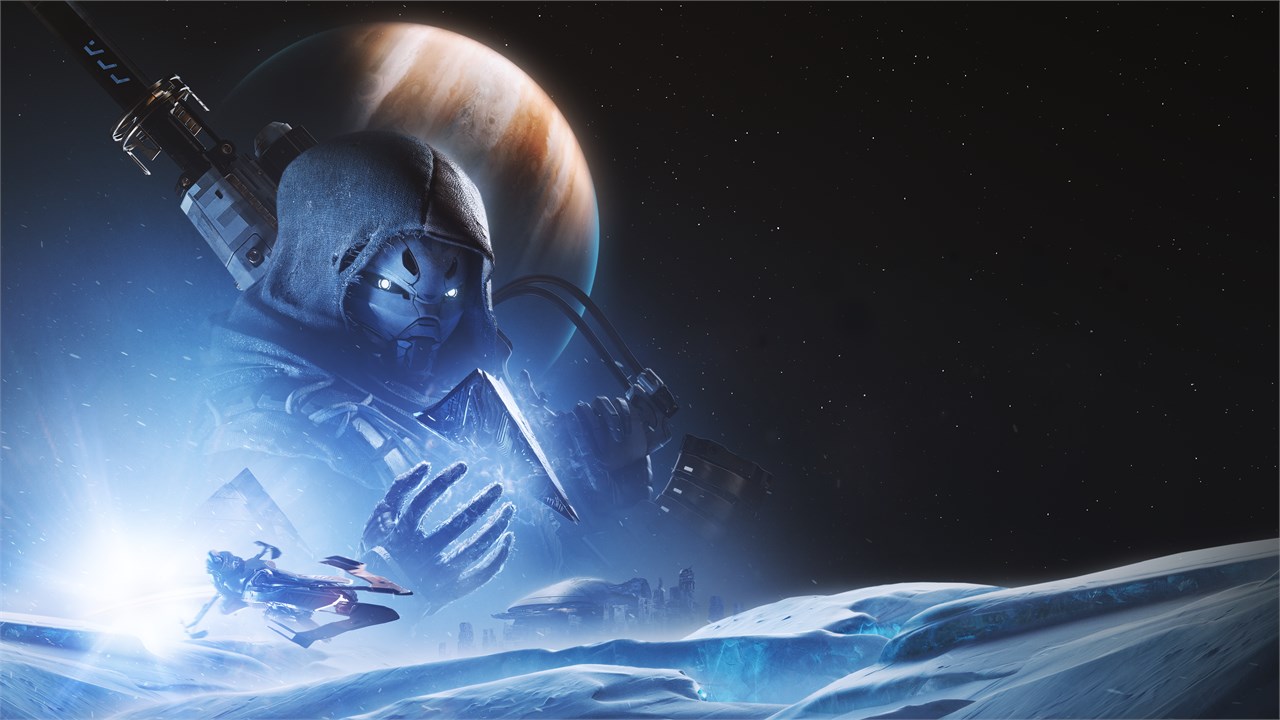
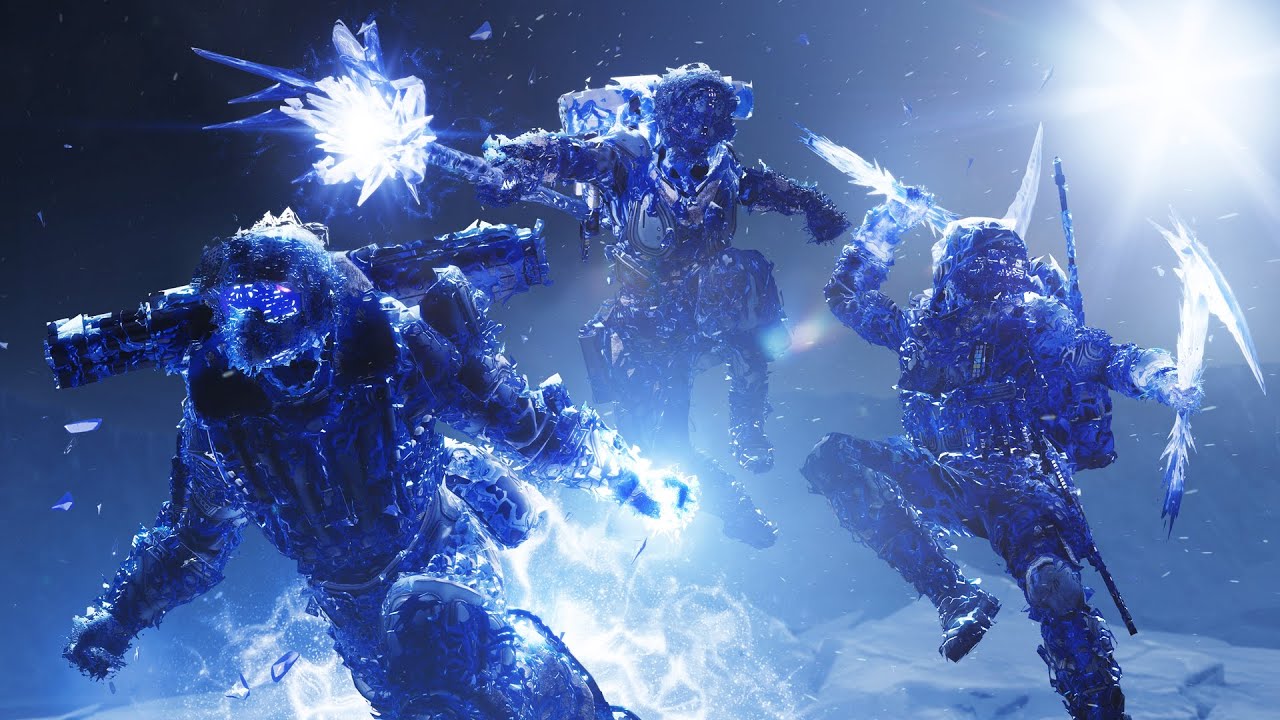
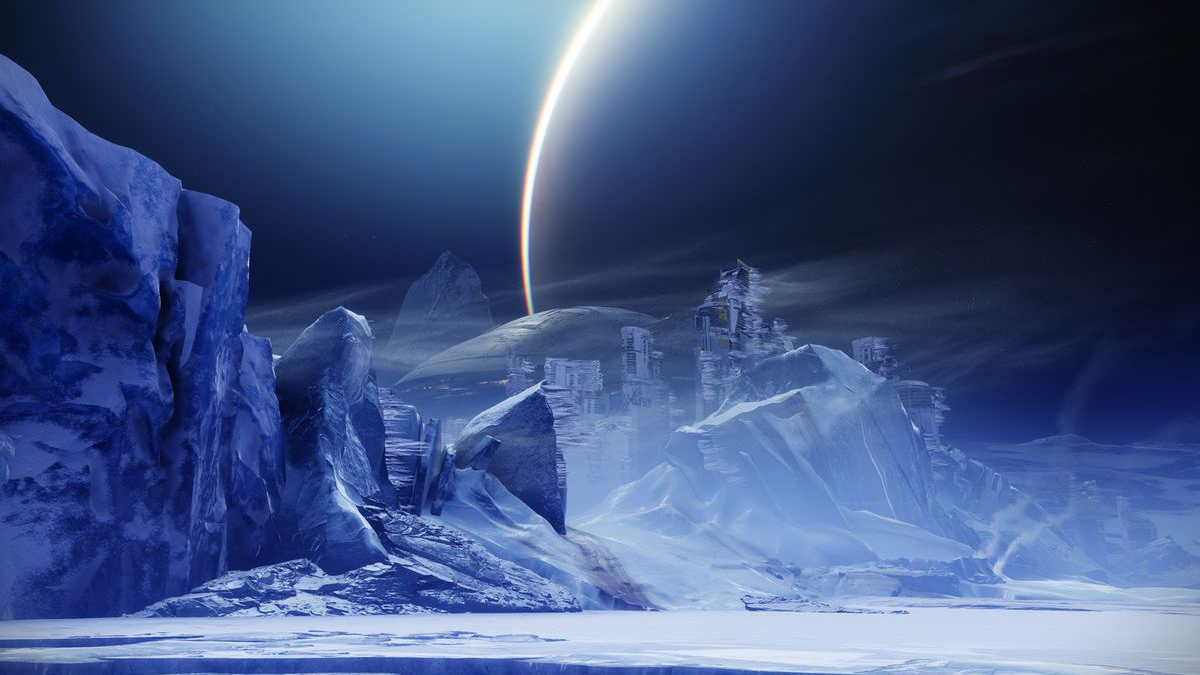
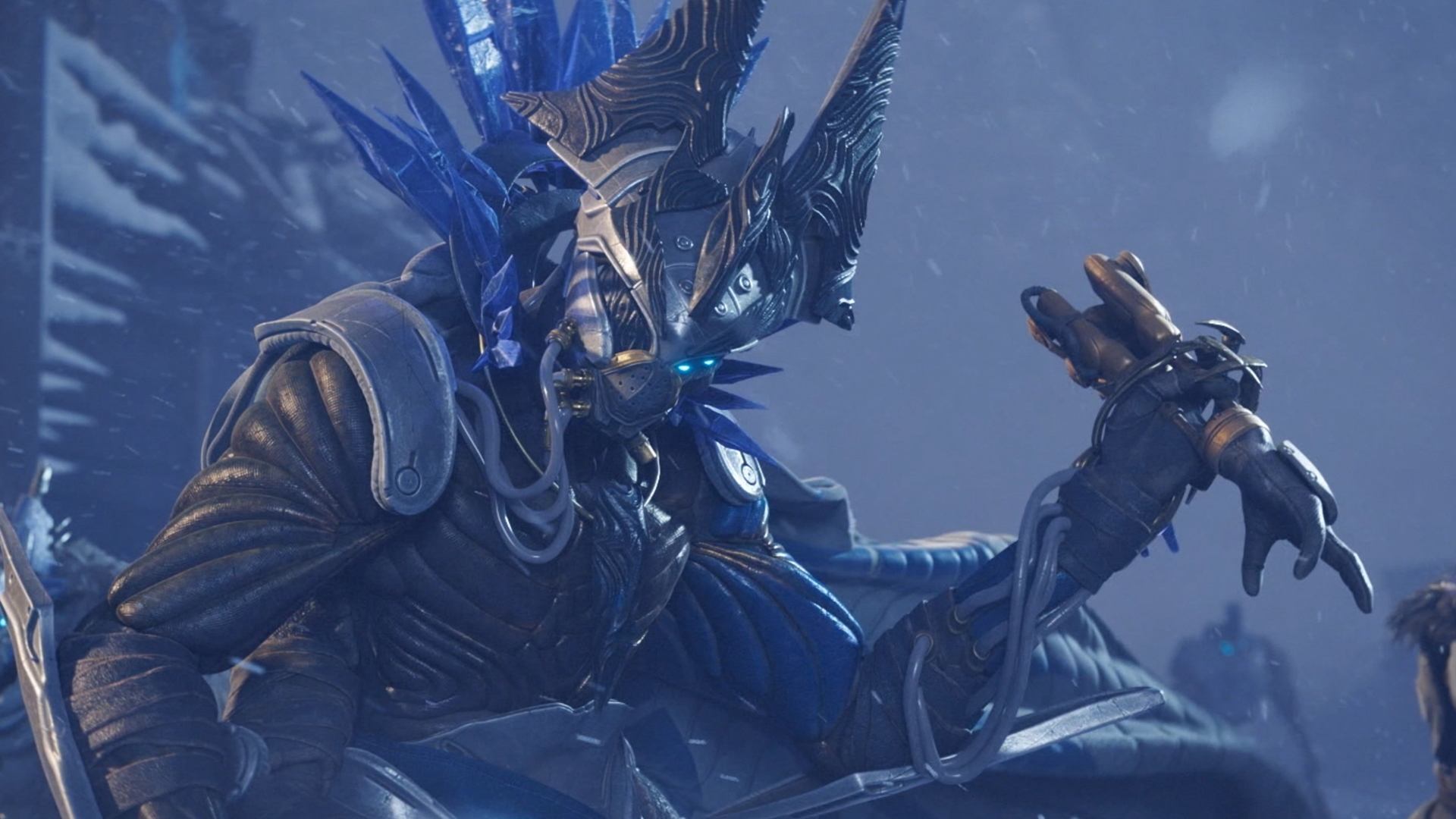
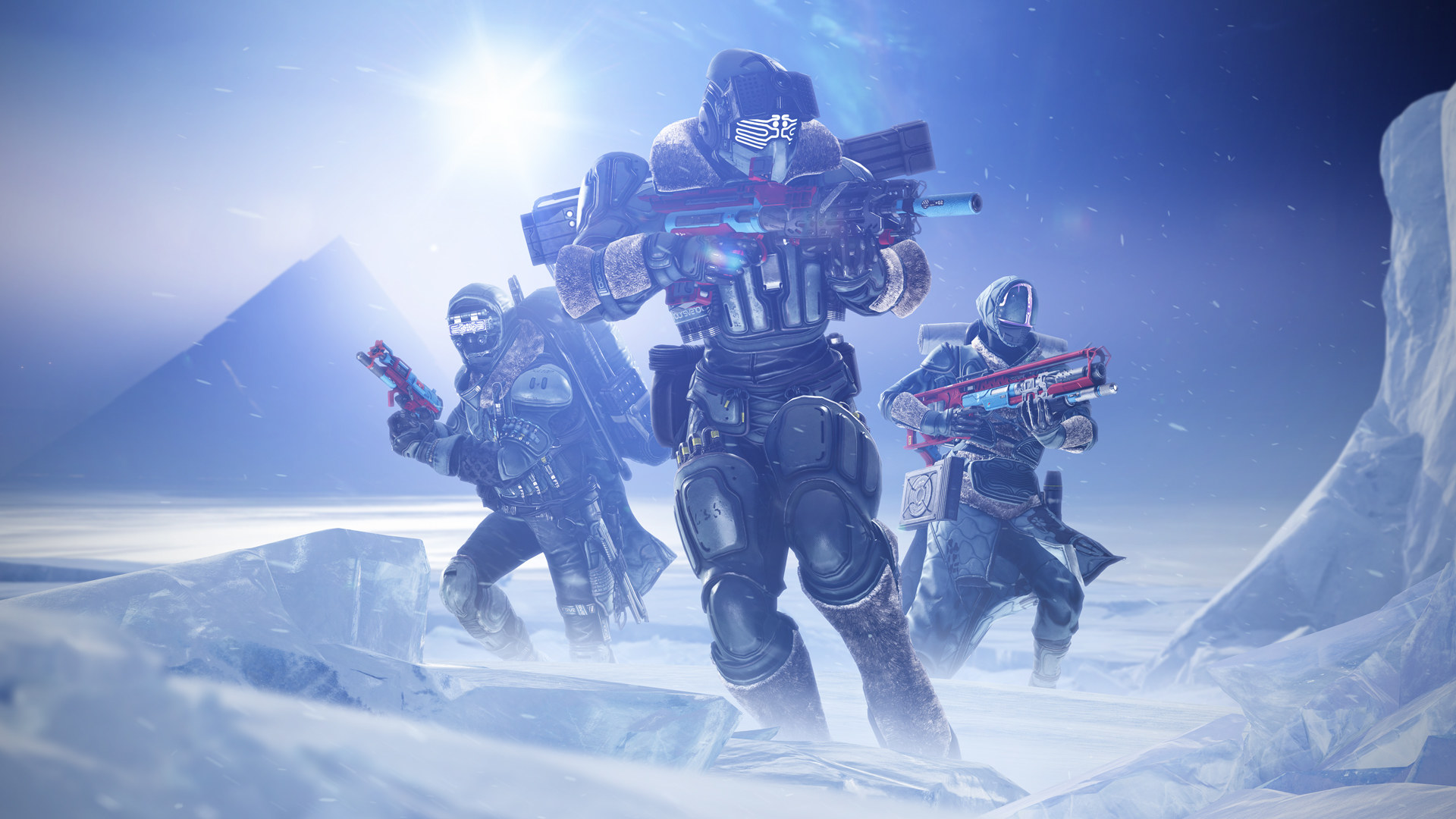
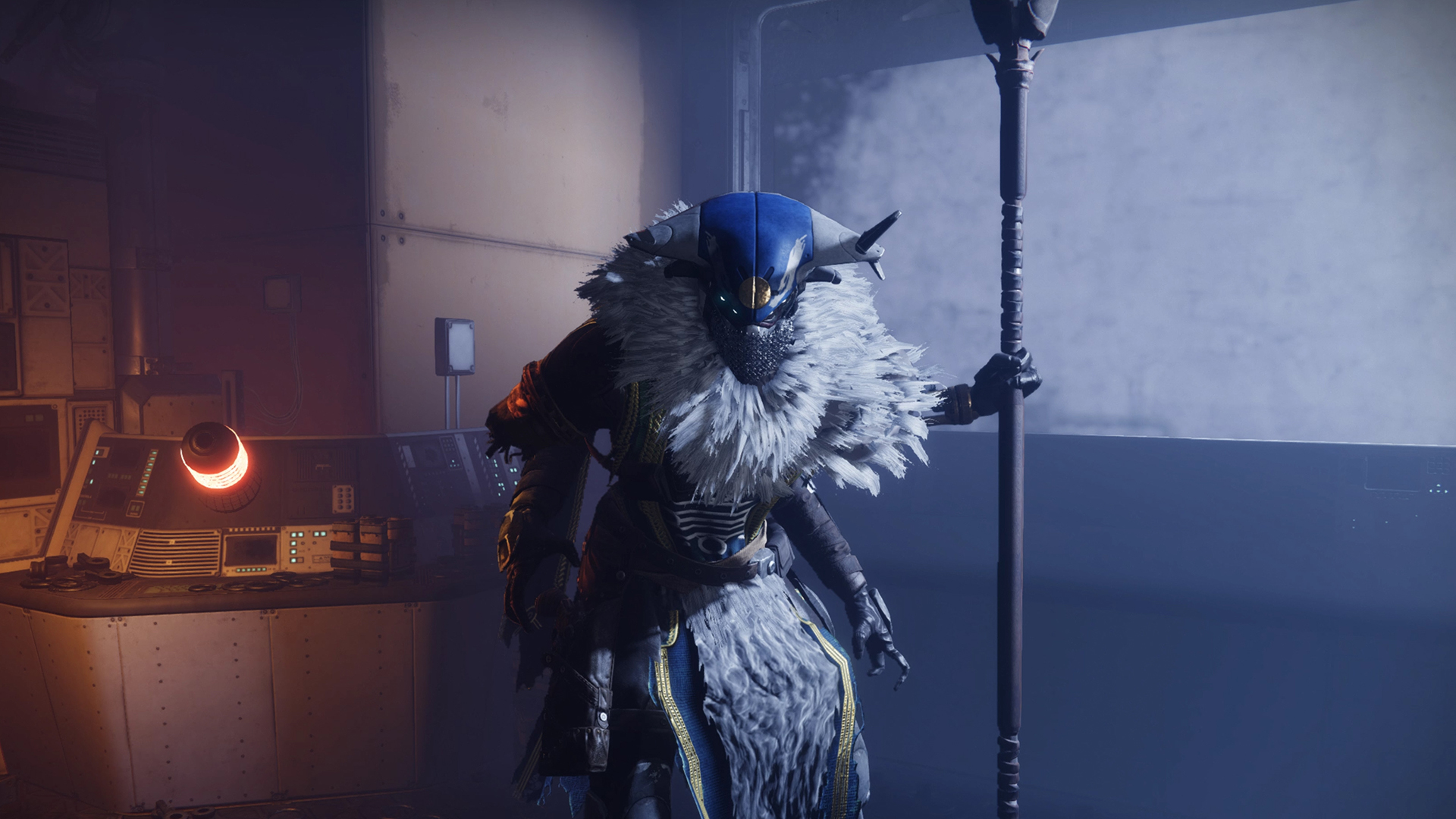
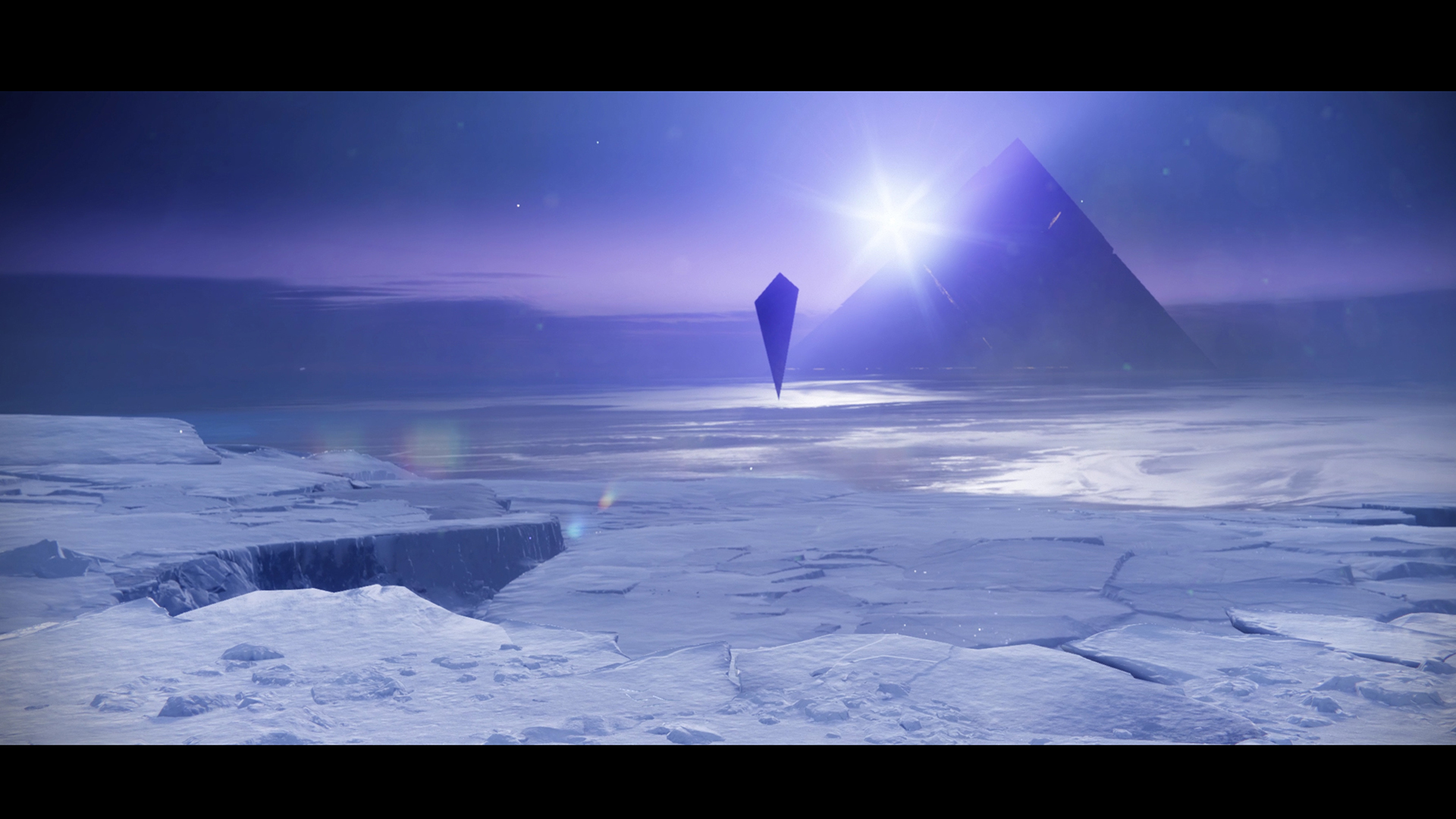
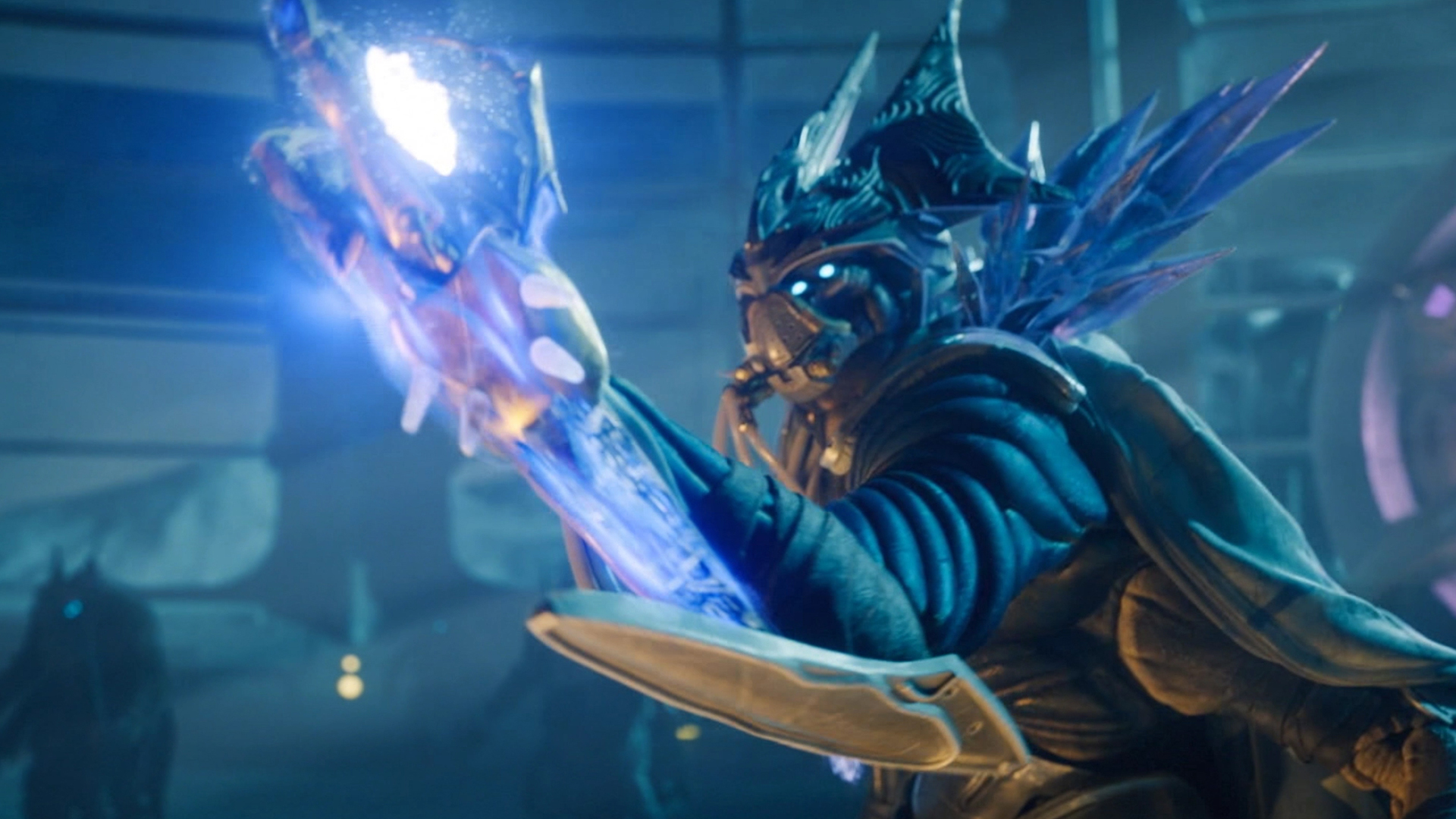





Published: Nov 30, 2020 10:38 pm